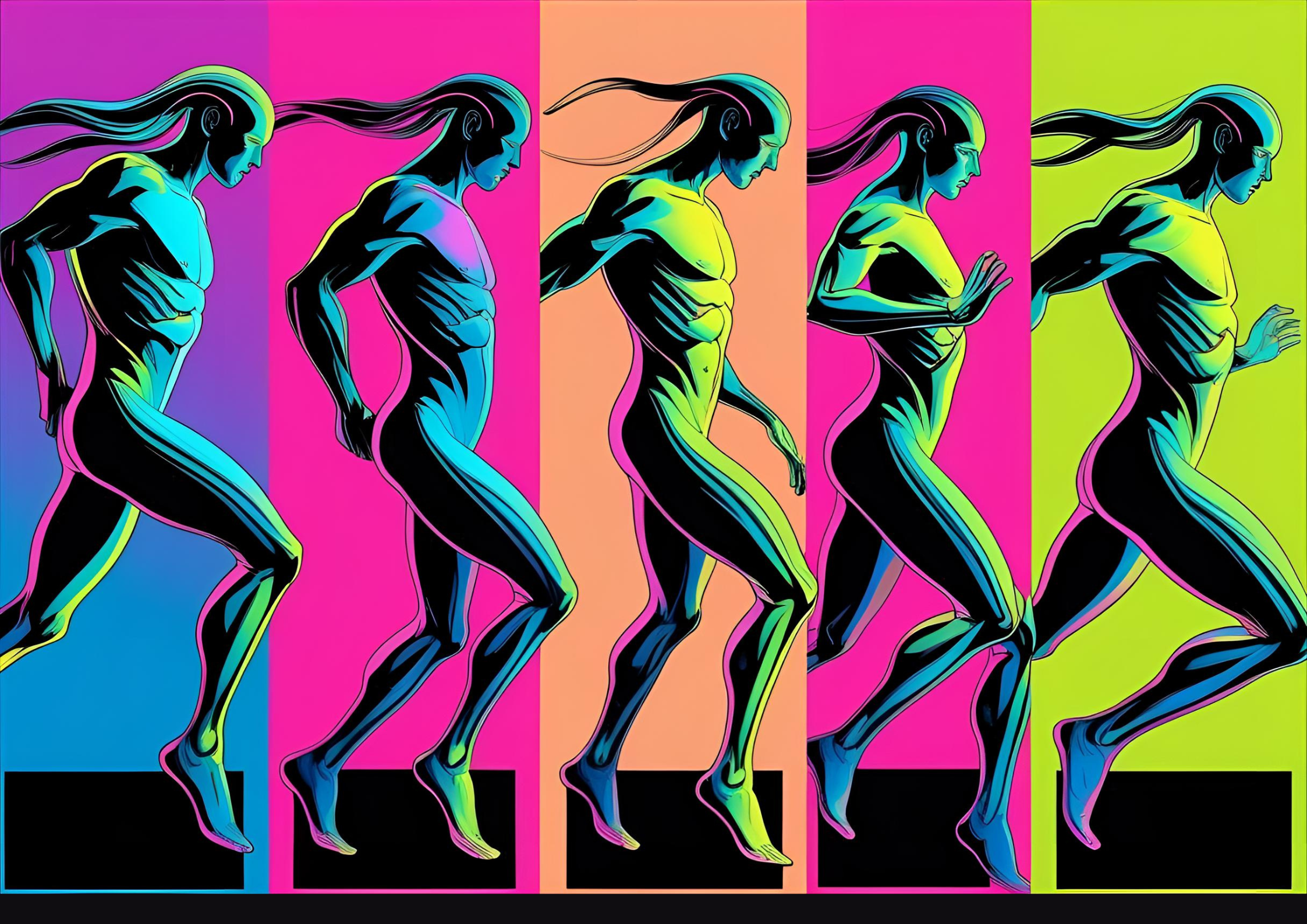The Gutter Between Frames
The Gutter Between Frames
By Socrates Pshaw
States
There’s a concept in comic theory called the gutter—the blank space between panels. In those silent intervals, your mind fills in the action. You don’t see the punch connect, or the foot take the next step, but you register the change. Movement, emotion, cause and effect—they all happen between the frames.
Consciousness may work the same way.
We like to think of the mind as a stream. That’s the metaphor William James gave us, and it’s an easy one: continuous, flowing, more or less uninterrupted. But in practice, the evidence suggests it might be more like a flipbook. A rapid sequence of discrete mental states, stitched together so well we experience them as fluid.
There are hints everywhere.
When you’re interrupted mid-thought and can’t recall what you were saying, as if the frame was dropped.
When a decision “comes to you” fully formed but you can’t trace how you reached it.
When you're in motion—driving, walking, making tea—but only become aware again several moments later, without knowing where you just were.
In each of these, there's a moment that happened, but it didn't pass through your narrative layer. It existed in the gutter.
Decision Lag
Neuroscientist Benjamin Libet’s famous experiments in the 1980s showed that the brain initiates actions several hundred milliseconds before we become consciously aware of deciding to act. That is: the brain flicks the switch before you know you've reached for the switch.
There’s still debate around what this means for free will, but it’s less about philosophy and more about timing. The decision happens. Then consciousness backfills a story about it.
It’s not lying exactly. Just… editing.
Stitching the Frames
Some researchers suggest that consciousness operates in cycles. Your brain takes “snapshots” of the world at high speed, like a camera at 13 frames per second. But unlike a camera, your mind builds bridges between frames—a sense of continuity, motion, agency. You rarely see the seams. But they’re there.
The seam is the state.
You don’t notice the transition from one feeling to another. You notice having felt differently a moment ago. The middle part—the gutting, the flicker, the cut—isn’t designed to be felt.
Implications
So much of experience happens where you're not looking.
In perception: you don’t see your own eye movements (saccades), even though your eyes jitter constantly.
In thought: you don’t watch ideas form. You see them emerge.
In behavior: you don't observe the buildup of a habit. You suddenly find yourself doing it.
We don’t live in the frames. We live in the gutter.
And once you start looking there, you realize that many of the most meaningful states—the places where self and brain really meet—aren’t in the contents of experience, but in the transitions between them.





